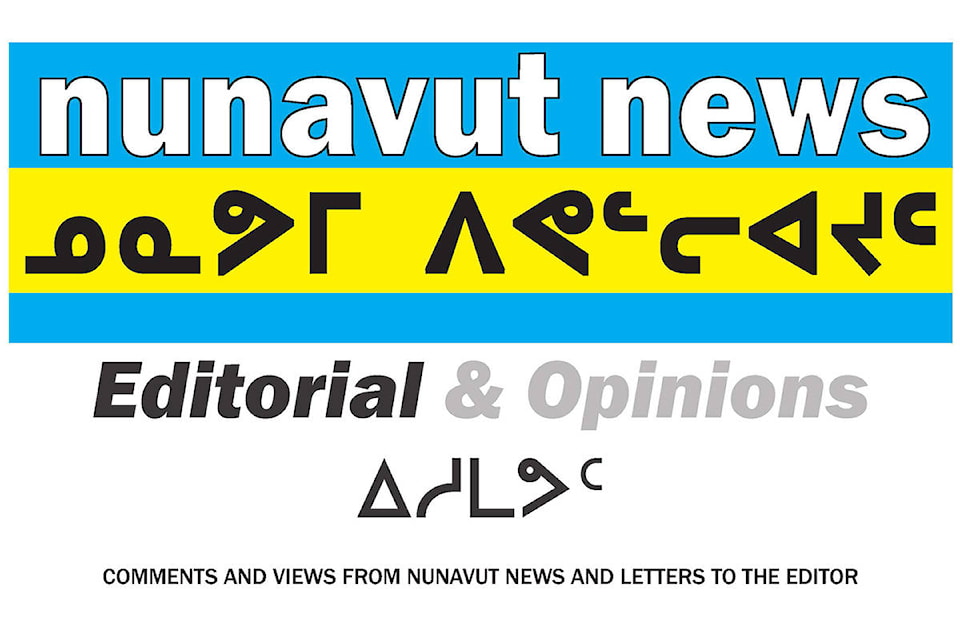Many communities in Nunavut and across the country chose this year to subdue, or forego entirely, Canada Day events in the wake of continued atrocities being uncovered at the sites of former residential schools. Instead, most held a day of reflection, choosing to focus on bigger and better Nunavut Day celebrations 22 years after the territory gained official status.
Nunavummiut have faced many challenges since Nunavut was finally formed in the eyes of the Canadian government, many of those challenges are holdovers from Nunavut’s time as part of the Northwest Territories, or legacies of colonization.
Speaker of the legislative assembly, Paul Quassa, said that the formation of the territory was a form of reconciliation, in a way, as one of the main goals of the land claims process was to gain greater independence.
Independence, however, does not give the federal government an escape from their responsibility in continuing to right the wrongs that have been committed against Indigenous people in this country.
The large gaps compared to the south in infrastructure, education and housing are ever-present problems.
The high rates and normalization of violence in families, too, are cause for concern.
But there are many more lights beginning to shine in the darkness as the first generation of young adults since the formation of the territory are graduating their post-secondary programs, whether as teachers, nurses, mental health workers or tradespeople, all able to better support their communities.
There has been a greater focus on Inuktitut as both a language of instruction and in day-to-day living.
Nunavut Tunngavik Incorporated President Aluki Kotierk believes more can be done on that front, saying that Inuktut needs to be recognized as an official language of Canada in Nunavut, as English and French are both minority languages in the territory.
Quassa has echoed that sentiment, saying, “We are still quite a bit behind in terms of our government using Inuktitut as a working language. Our government is still an English-speaking government, our government also seems to put policies and regulations that are very European. Certainly there’s still a lot of work that still has to be done on that end.”
Room for improvement may be a common theme, but that is to be expected as Nunavut carves its path forward into a future that serves and supports all Nunavummiut.
“Inuit have lots of expectations and hope,” says Kotierk. “I think part of that expectation was that by having a public government where Inuit are the public majority, de facto Inuit priorities would be the priorities of the public government. But I think over a period of 22 years, we’ve realized that many of the priorities of the government are not Inuit-centred.”
The past few weeks have shown that, even with the best of efforts from community and territorial leaders, Inuit and Indigenous priorities have never been top-of-mind for the federal government.
“At this time, although we’re still celebrating Nunavut, we also need to reflect on the Inuit who worked hard to get Nunavut, where we’ve come from and what we’ve gone through to (get) where we are today,” said Kotierk.
There are reasons for optimism, but the work is not done.
